The ancient aqueduct from Carthage to Zaghouan, an impressive 132-kilometer engineering feat of the 2nd century AD, continues to intrigue historians and travelers alike. This monumental structure, characterized by its elegant arches and strategic bridges, was essential for supplying water to the thriving city of Carthage. As one traces its path, they encounter remnants of a vibrant past, including the Antonine Baths and the Temple of Water. But what lies beyond these ruins? The journey along this historical route unveils secrets that reveal the ingenuity of Roman engineering and its lasting impact on the landscape.
Key Points
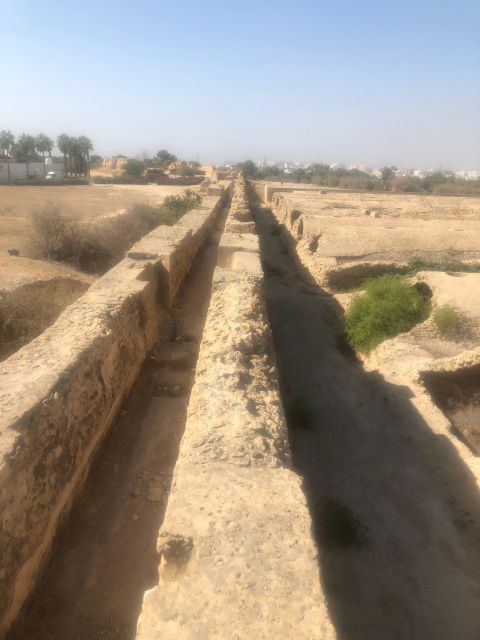
- The Great Aqueduct spans 132 kilometers, connecting Carthage to Zaghouan, showcasing Roman hydraulic engineering prowess.
- It features elegant arches, bridges, and cisterns, vital for transporting water to Carthage.
- The journey includes historical sites like the Antonine Baths and Oudhna’s majestic ruins.
- Zaghouan is home to the Temple of Water, a crucial source for the aqueduct’s water supply.
- Various transportation options ensure accessibility for all guests along the aqueduct route.
Overview of the Aqueduct
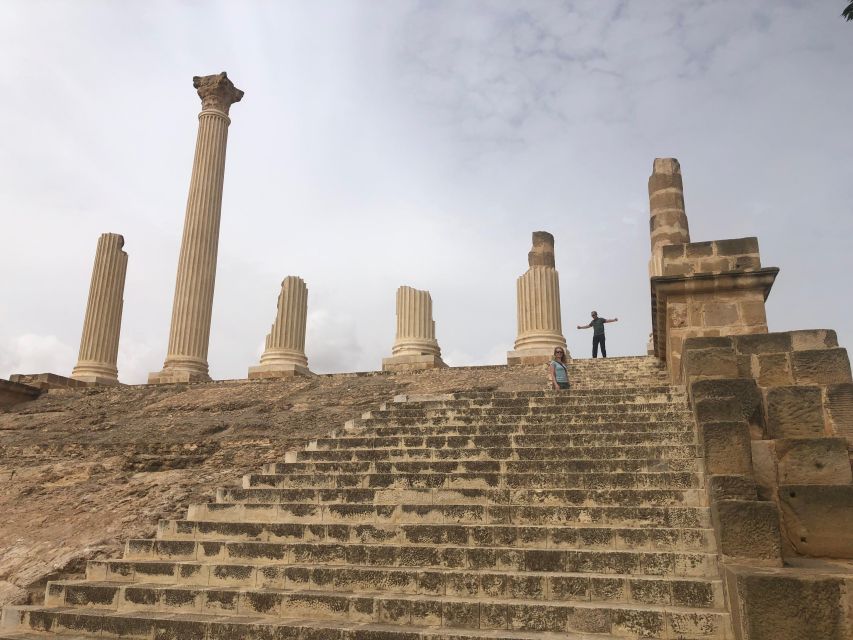
The Great Aqueduct, an engineering marvel, stretches an impressive 132 kilometers from Carthage to Zaghouan, showcasing the ingenuity of ancient Roman water management.
Built in the 2nd century AD, it transported water from the Zaghouan mountains to the bustling city of Carthage, ensuring a reliable supply for its inhabitants. The structure features elegant arches and bridges that span valleys, demonstrating the Romans’ mastery of hydraulic engineering.
Along the route, several cisterns stored water, allowing for efficient distribution. The aqueduct’s design not only met the needs of a growing population but also reflected the Romans’ understanding of gravity flow.
This remarkable achievement remains a testament to their advanced construction techniques and engineering prowess, captivating visitors to this day.
Highlights of Carthage
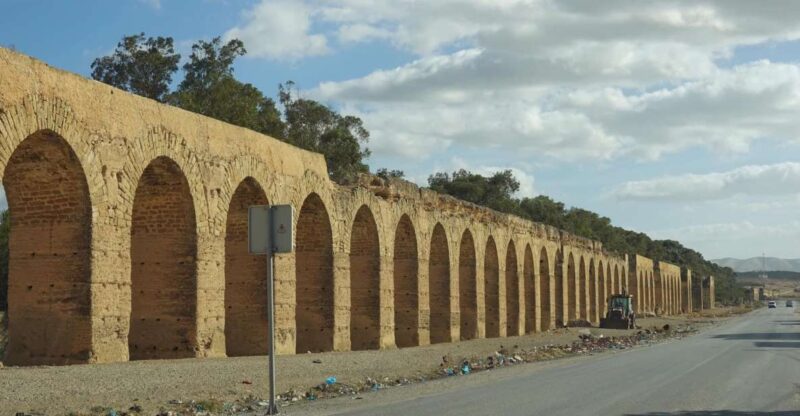
Nestled along the Mediterranean coast, Carthage boasts a rich tapestry of history and remarkable archaeological sites that draw visitors eager to uncover its ancient secrets.
Among its highlights, the sprawling Antonine Baths stand as a testament to Roman engineering, showcasing intricate mosaics and grand archways. The Carthaginian amphitheater, carved into the hillside, offers a glimpse into the vibrant cultural life of the city.
Visitors can also explore the Tophet, a sacred burial site, which reveals insights into the ancient rituals. The Punic Ports, once bustling with trade, now whisper tales of maritime prowess.
Each site invites exploration, making Carthage a captivating destination for history enthusiasts and curious travelers alike.
Exploring Oudhna
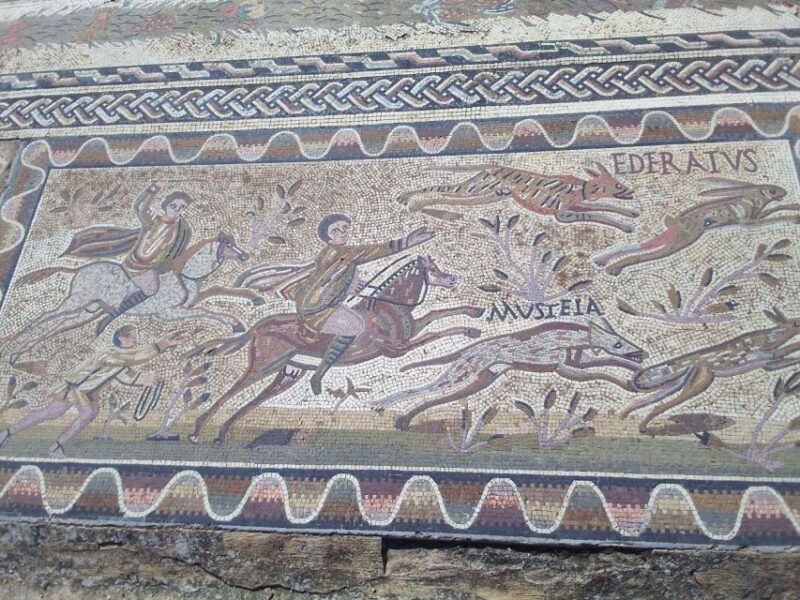
Exploring Oudhna reveals the remnants of a once-thriving Roman city, where majestic ruins like the colosseum and Capitol stand as enduring symbols of ancient grandeur.
Visitors stroll through the sprawling site, marveling at the intricately designed mosaics and the remnants of luxurious houses and baths that hint at the opulence of life in Roman times.
The colosseum, though weathered, still captures the imagination, echoing tales of gladiators and grand spectacles.
Nearby, the Capitol’s impressive columns rise toward the sky, showcasing the architectural prowess of the era.
As they wander, explorers can almost hear the whispers of history, making Oudhna a captivating stop on the journey along the great aqueduct from Carthage to Zaghouan.
The Significance of Zaghouan
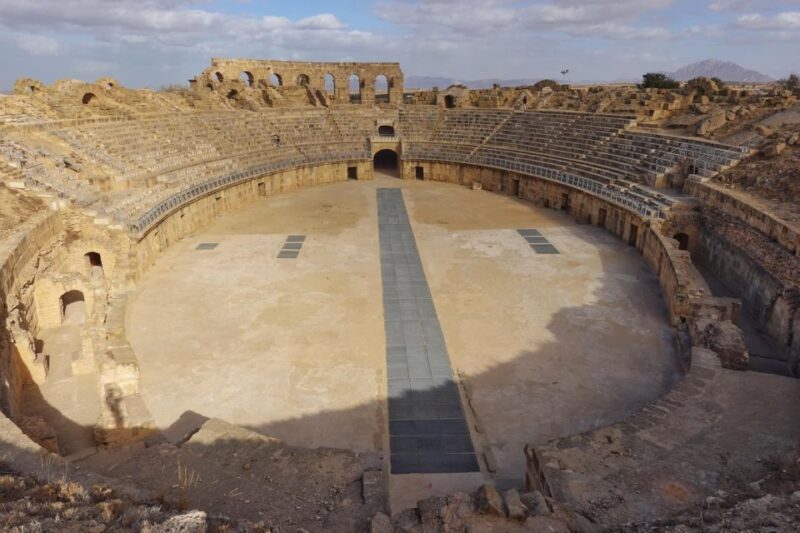
Zaghouan holds immense historical and cultural significance as the site of the ancient Temple of Water, a vital source that supplied the aqueduct with life-giving resources for Carthage. This connection exemplifies the ingenuity of Roman engineering and the importance of water management in sustaining ancient civilizations. Visitors can appreciate the architectural grandeur and spiritual essence of the site, which was once revered by locals.
Here’s a brief overview of Zaghouan’s significance:
| Feature | Description | Importance |
|---|---|---|
| Temple of Water | Ancient structure for worship | Source of vital water |
| Roman Engineering | Innovative aqueduct design | Showcases Roman technology |
| Cultural Hub | Meeting place for locals | Community gathering |
| Natural Springs | Abundant water supply | Essential for agriculture |
| Historical Landmark | Archaeological site | Insight into ancient life |
Journey Along the Route
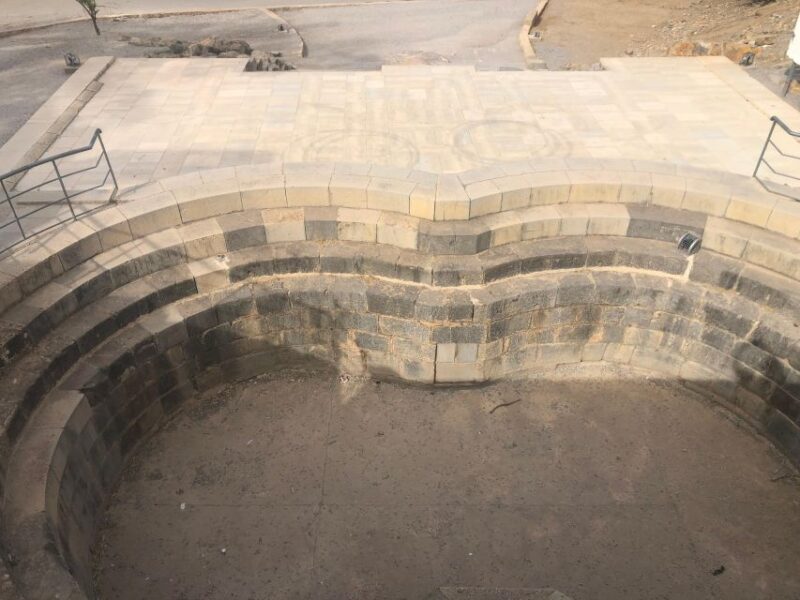
As visitors embark on their journey along the aqueduct route, they’ll encounter a stunning landscape that tells the story of ancient engineering and the vital role water played in sustaining the flourishing city of Carthage.
The path winds through picturesque valleys and rocky outcrops, showcasing elegant water bridges that once channeled vital resources.
Stops along the way reveal remnants of the aqueduct’s infrastructure, like the cisterns of la Malaga, where water was stored for the bustling city.
At Oudhna, the ruins of a Roman colosseum and luxurious baths offer a glimpse into the grandeur of the past.
Each site along the route enriches their understanding of the ingenuity that made this ancient water system a marvel of engineering.
Transportation and Accessibility

Travelers can enjoy a seamless experience with convenient hotel pickup and accessible transportation options designed to accommodate all guests on this remarkable journey along the aqueduct. The tour caters to diverse needs, ensuring everyone can explore this historical marvel comfortably.
| Transportation Option | Accessibility Features | Highlights |
|---|---|---|
| Private Vehicle | Wheelchair accessible | Comfort and privacy |
| Group Shuttle | Space for mobility aids | Social interaction |
| Guided Coach | Extra legroom available | Informative commentary |
| Luxury Van | Easy entry and exit | Scenic views |
| Local Taxi Service | Assistance for all guests | Flexible pickup locations |
With these thoughtful options, every traveler can embark on an unforgettable experience, tracing the ancient aqueduct from Carthage to Zaghouan.
Pricing and Booking Options
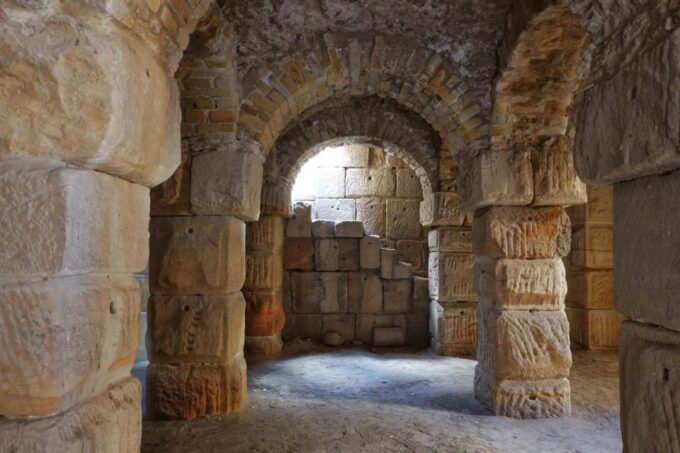
Pricing for the tour starts at an attractive £205.95 for a private group of up to three people, making it an excellent value for those eager to explore the stunning aqueduct.
This package covers a full seven-hour journey, allowing participants to delve deep into the rich history and architecture of the aqueduct.
Booking is convenient, as visitors can reserve their spot now and pay later, ensuring flexibility in planning. Plus, the tour offers a generous free cancellation policy up to 24 hours in advance, providing peace of mind for travelers.
With these accessible pricing and booking options, adventurers can easily embark on a memorable exploration of the magnificent aqueduct from Carthage to Zaghouan.
Tips for an Enjoyable Tour
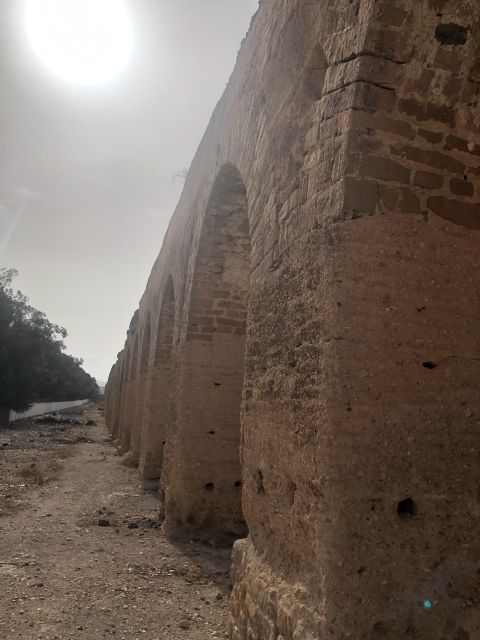
To enhance the experience of exploring the Great Aqueduct, participants should come prepared with comfortable walking shoes, as the tour involves traversing various historical sites and uneven terrain.
They’ll also want to bring plenty of water and snacks to stay energized throughout the day. Sun protection, such as hats and sunscreen, is essential since much of the tour occurs outdoors.
A camera or smartphone is a must for capturing the stunning views and intricate architecture along the route. Engaging with the guide and asking questions will enrich the experience, providing deeper insights into the aqueduct’s history.
Lastly, participants should wear weather-appropriate clothing to ensure comfort, allowing them to fully enjoy this remarkable journey from Carthage to Zaghouan.
Frequently Asked Questions
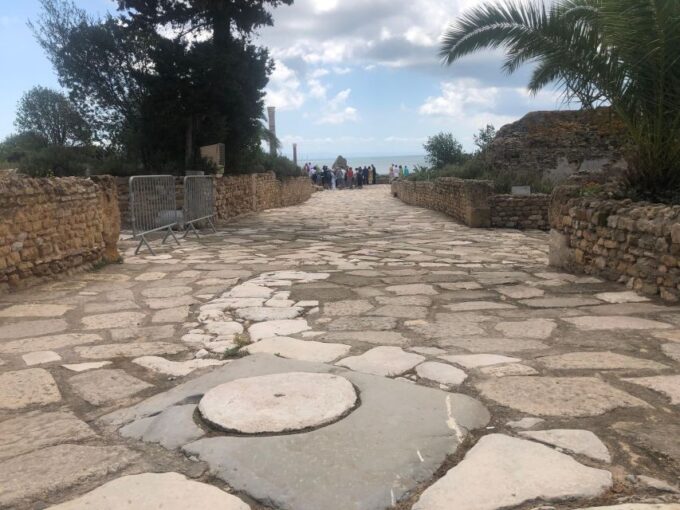
What Should I Wear for the Tour?
For the tour, she recommends wearing comfortable shoes for walking, lightweight clothing due to potential heat, and a hat for sun protection. Layers are ideal, as temperatures might change throughout the day.
Are Food and Drinks Provided During the Tour?
He checked the tour details and found that food and drinks aren’t provided. However, participants can bring their own snacks and beverages to enjoy during the journey, ensuring a comfortable and satisfying experience throughout the day.
Is Photography Allowed at All Locations?
At all locations, photography’s allowed, so participants can capture stunning views and memorable moments. They’ll appreciate the scenic beauty while exploring historical sites, making their experience even more enjoyable and shareable with friends and family.
How Physically Demanding Is the Tour?
The tour isn’t overly strenuous; it includes leisurely walks through historical sites. Participants should be prepared for some uneven terrain, but overall, it’s manageable for most fitness levels, making it accessible and enjoyable for everyone.
Can Children Join the Tour, and Are There Age Restrictions?
The tour welcomes children of all ages, ensuring families can explore together. There aren’t strict age restrictions, allowing everyone to enjoy the fascinating history and stunning sights along the route, making it a memorable experience.
Recap
The journey along the ancient aqueduct from Carthage to Zaghouan reveals a captivating blend of history and engineering prowess.
As travelers stroll through the ruins and marvel at the architectural wonders, they connect with the past in a profound way.
This route not only showcases the Romans’ ingenious methods for water transportation but also invites exploration of the enchanting landscapes and significant sites that dot the path.
It’s a remarkable experience that shouldn’t be missed by any history enthusiast.
You can check if your dates are available here: